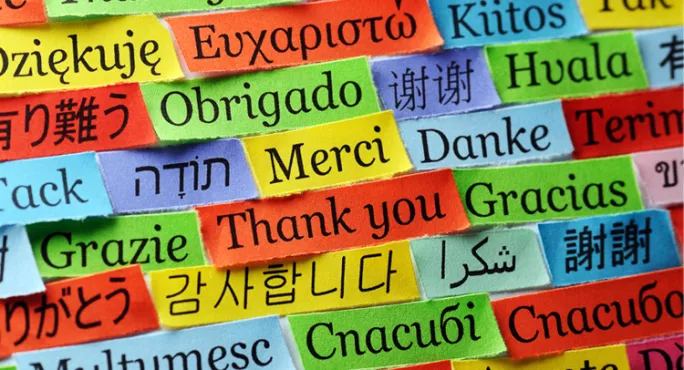GCSE entries for modern foreign languages have increased for the first time in five years.
The small increase will give linguists hope that modern foreign languages (MFL) have turned the corner after four consecutive years of decline.
Today’s GCSE results show that total MFL entries across the UK rose from 298,066 in 2017 to 299,172 this year – a 0.4 per cent increase.
The increase is more impressive against the backdrop of a 2.7 per cent decline in the 16-year-old population – the age at which most pupils sit their GCSEs.
However, the overall increase in MFL entries masked varying fortunes for different subjects.
French, which continues to be the most popular language subject by a distance, saw its entries decline from 130,509 in 2017 to 126,750 this year – a 2.9 per cent fall.
GCSE languages: Chinese on the up
German entries rose from 43,649 in 2017 to 44,535 this year – an increase of 2 per cent. This was in marked contrast to A-level German, for which entries plummeted by 16.5 per cent this year.
In Spanish, GCSE entries rose by 4.4 per cent from 91,040 in 2017 to 95,080 this year.
Chinese – which is now the third biggest language subject at A-level – saw its GCSE entries rise.
GCSE entries in Mandarin increased by 7.5 per cent from 4,104 in 2017 to 4,410 this year. The subject is now the fifth most popular GCSE language, after Italian.
While total MFL entries rose in 2018, they have a long way to go to regain the ground that has been lost in recent years.
Entries are still 17.6 per cent lower than 2013, when they stood at 362,903.
The Department for Education has tried to increase MFL uptake in England in recent years by including the subjects in its English Baccalaureate accountability measure.
However, school leaders claim uptake has been hampered by a shortage of language teachers and pressures on funding, which they say have caused many schools to narrow their curricula.




